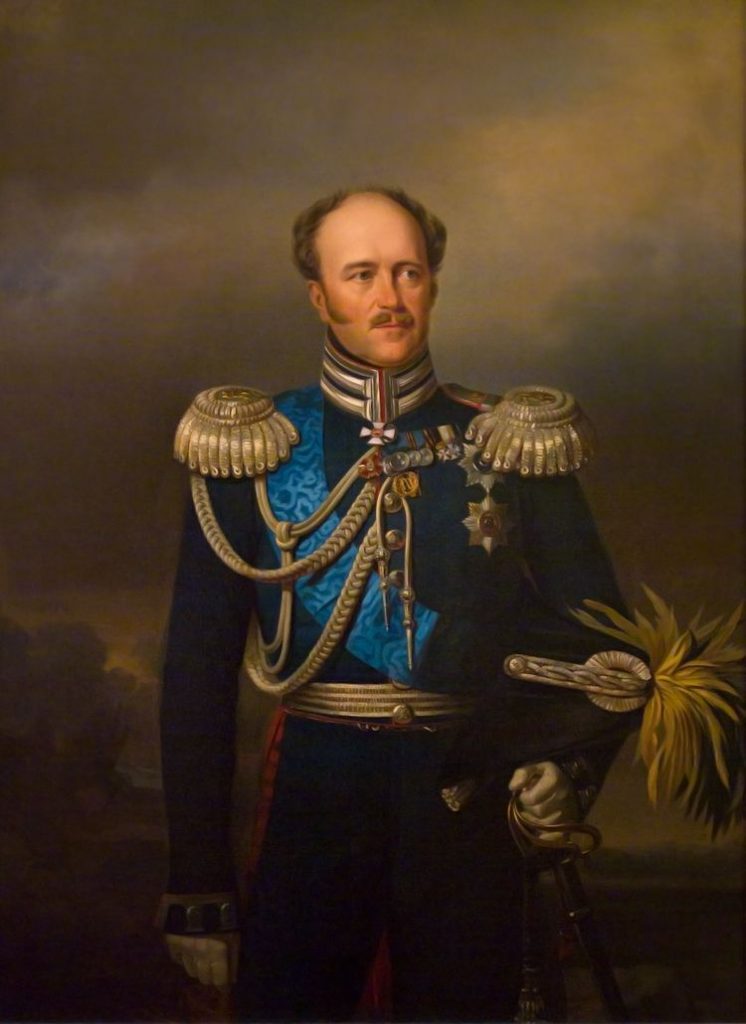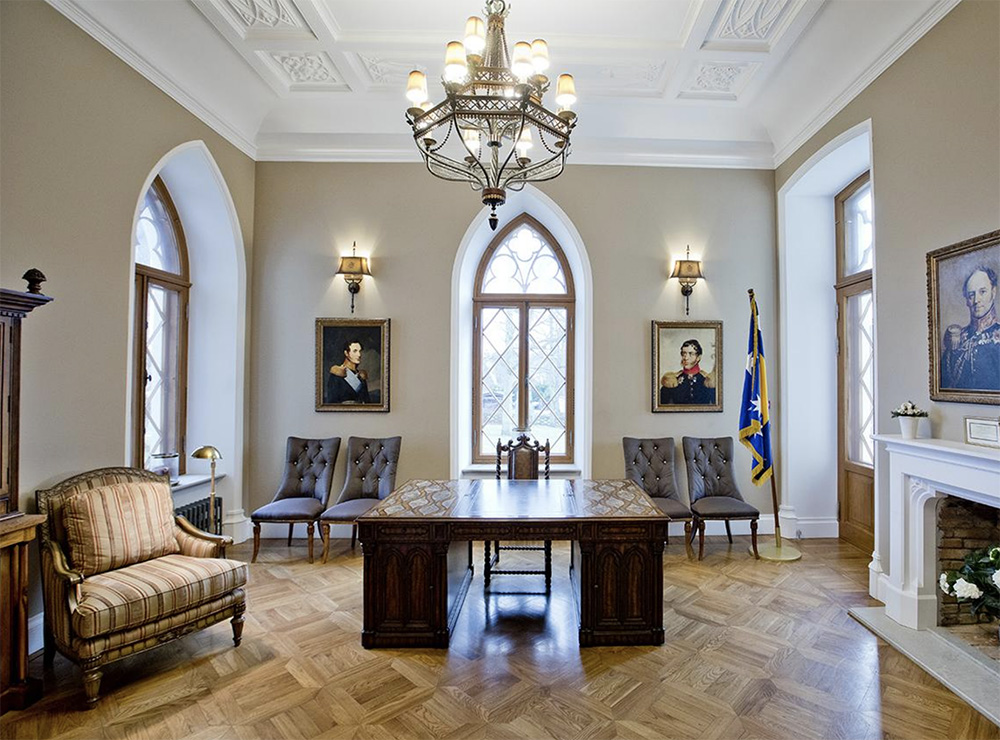
Dutch History || Benckendorff’s Battle and the return of the Prince of Orange
The general
Alexander von Benckendorff (1781-1844)
Count Benckendorff is best known in the Netherlands because, after he liberated Berlin and defeated Napoleon in the Peoples Battle of Leipzig, he commanded the Russian troops who liberated the Netherlands in 1813. He conquered Leuven and Mechelen in 1813 and freed hundreds of prisoners of war there.
Count von Benckendorff was a confidant of the Tsars and organized their secret police and the comprehensive Russian censorship on newspapers, books, plays, music and letters.
Alexander von Benckendorff came from a noble German family that lived on the Baltic Sea. These Baltic nobles felt connected to the German, Swedish and Russian royal houses. The Benkendorffs played a major role in 19th-century Europe: his brother Konstantin von Benckendorff was general and diplomat, his sister Dorethea was married to Christoph Fürst von Lieven and held an influential ‘salon’ in Paris and London. His second cousin and namesake Alexander von Benckendorff was also a diplomat.
Benckendorff resided in a Neo-Gothic castle, called ‘Fall’, now called ‘Keila-Joa’, in the vicinity of Tallinn, in Estonia.
The following information is based on the book ‘From Republic to Kingdom, the formative years’ of Anton Reinhard Falck’ by D. van der Horst.
About the first days of liberated Holland.
When the Prince of Orange was festively caught up in Amsterdam on December 2, 1813, the Cossack Regiment of General Alexander von Benckendorff formed a guard of honor on Dam Square. A little later, when the prince appears on the platform to be cheered on by an outrageous crowd adorned with orange poles, he is, very symbolically, flanked by the English ambassador and the Russian general von Benckendorff.
The events in the days around the liberation of Amsterdam from French troops by the Cossacks read like an exciting boys’ book. The diary of General Alexander von Benckendorff is one of the sources for this.

He describes how he goes against the rules of his superior, yet he decides to cross the IJssel and push on to Amsterdam. With a small regiment of Cossacks, he boarded a number of ships in Harderwijk and sailed at night over the Zuiderzee, as far as possible from the Muiderslot, where a French regiment had entrenched itself, to Amsterdam. When he arrives there, he meets Kommandant Krayenhoff, who is trumpeting that there are 6,000 Cossacks in front of Amsterdam (a few hundred in reality). The French General Molitor withdraws with his troops to Utrecht.
In Amsterdam, rebellious civilians led by a former naval officer, Job May, set fire to a number of French tax offices, the so-called customs houses, in various places in the city. The mood among the population is becoming more and more rebellious, but the slad administration does not yet dare to take a position and continues to hide behind the French authority (which is in fact no longer there). Then the young National Guard commandant, Anton Falck, also a member of the Doctrina et Amicitiae Society (later merged into the Industrieele Groote Club), sees Cossacks walking through Leidsestraat on 23 November.
The tide has definitely turned: The Prince of Orange lands on Scheveningen and is welcomed in The Hague by the provisional new government, the Triumvirate of Hoogendorp, of Duyn van Maasdam and of Limburg Stirum. After his stormy reception in Amsterdam, Willem Frederik agreed to be proclaimed sovereign, within constitutional limits.
